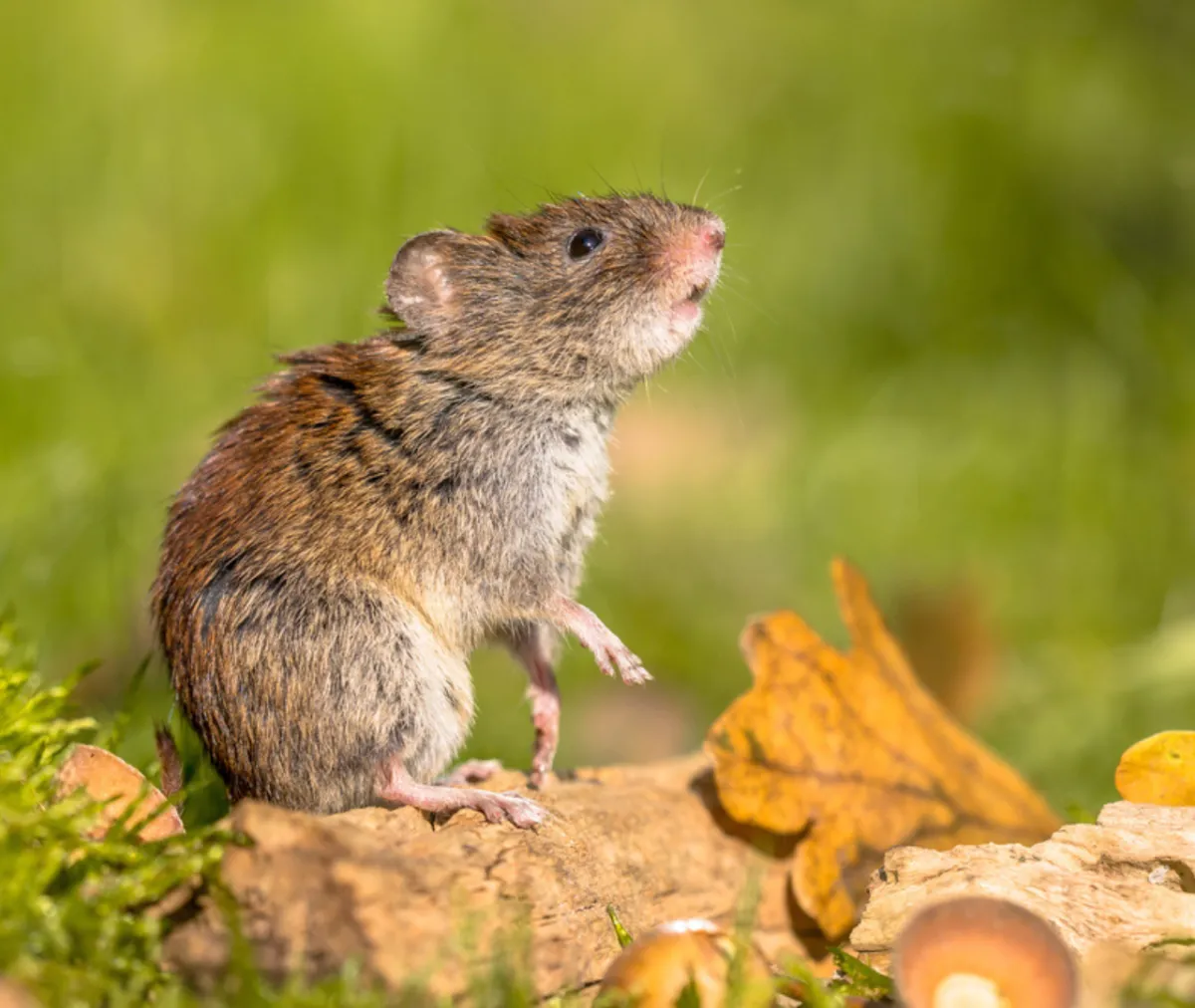
Why Rodents Ramp Up Activity as Fall Progresses
As autumn unfolds, changes in weather, daylight, and food availability influence many wildlife behaviors — rodents included. While rodents remain active year-round, their activity often intensifies as fall progresses. Understanding the reasons behind this seasonal behavior can help homeowners and property managers anticipate and manage potential pest encounters effectively.
Seasonal Changes and Rodent Behavior
Rodents, including mice and rats, respond to environmental cues that signal the approach of colder weather. As days shorten and temperatures drop, these animals begin preparing for winter by seeking shelter, increasing food consumption, and expanding their territories.
This shift in behavior serves two primary purposes:
Finding Warmth and Shelter: Outdoor environments become less hospitable due to lower temperatures and harsher weather conditions. Rodents seek insulated and secure places to establish nests and conserve energy.
Building Food Reserves: With natural food sources like seeds and insects becoming scarcer, rodents intensify their foraging efforts to build reserves for the colder months.
Why Fall Is Prime Time for Increased Rodent Activity
Several factors contribute to the rise in rodent activity as fall moves forward:
Temperature Drops
Cooler temperatures encourage rodents to move indoors or closer to human structures. The warmth provided by buildings offers protection from the elements, and rodents instinctively seek these areas to survive winter.
Reduced Natural Food Supply
Fall is a transitional time when many natural food sources dwindle. Trees shed leaves, insects become less active, and fruits and nuts are harvested or decay. This scarcity drives rodents to seek alternative food supplies, often found around homes.
Breeding and Population Growth
Many rodent species breed year-round, but some experience a population surge in late summer and early fall. This increase results in more rodents searching for shelter and resources simultaneously.
Preparing for Winter
Rodents are instinctively motivated to create secure nests and stockpile food. Their activity spikes as they build and maintain tunnels, gather nesting materials, and explore food sources.
Common Rodent Entry Points During Fall
As rodent activity increases, so does their effort to infiltrate homes and buildings. Typical entry points include:
Cracks and gaps in foundations
Spaces around utility pipes and vents
Open or damaged doors and windows
Roofline gaps and attic vents
Regular inspection and maintenance of these areas can reduce the chances of rodent intrusion.
Signs of Increased Rodent Activity in Fall
Recognizing signs of rodent presence early can help mitigate potential infestations. Some indicators include:
Droppings: Small, dark pellets often found near food sources or nesting areas.
Gnaw Marks: Chewed wires, wood, or plastic, often near entry points or food storage areas.
Tracks: Footprints or tail drag marks in dusty or less-trafficked spaces.
Nesting Materials: Shredded paper, fabric, or insulation gathered in hidden corners.
Noises: Scratching, scurrying, or squeaking sounds, particularly at night.
Preventive Measures for Managing Rodent Activity
Fall presents an ideal opportunity to implement prevention strategies that limit rodent access and reduce attractants:
Seal Gaps and Cracks: Use materials like steel wool, caulk, or metal mesh to close openings around foundations, doors, and windows.
Maintain Cleanliness: Store food in sealed containers, promptly clean crumbs or spills, and secure trash bins.
Reduce Clutter: Minimize piles of debris, wood, or stored items near buildings where rodents may hide or nest.
Yard Maintenance: Keep vegetation trimmed and firewood stored away from the home to limit rodent pathways.
Use Traps or Monitoring: Early fall is an excellent time to set traps or monitoring devices to detect and control rodent activity.
The Importance of Timely Action
Taking action as rodent activity increases in fall helps prevent more significant problems during winter months. Early prevention and detection reduce the risk of damage to property, food contamination, and the stress associated with infestations.
Regular home maintenance, combined with awareness of rodent behaviors, creates a strong defense and promotes a comfortable living environment throughout the colder season.
Conclusion
Rodents ramp up their activity as fall progresses due to changing temperatures, food availability, and natural instincts to prepare for winter. By understanding these factors and recognizing signs of increased activity, homeowners can take effective steps to prevent unwanted rodent encounters. Through proactive maintenance, sanitation, and habitat management, it’s possible to reduce rodent risks and ensure a secure, pest-free home as the seasons change.